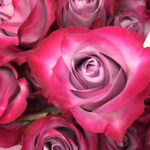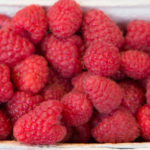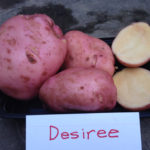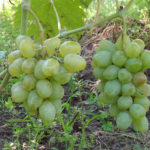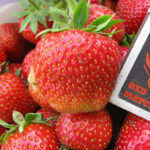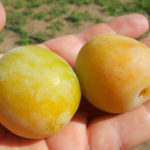Thuja western mister bowling ball
Low-growing evergreens are an integral element of modern landscape design. Due to their compact size, they take up little space, moreover, they remain attractive at any time of the year. Meet the representative of this group of conifers - thuja Mr. bowling ball (Thuja occidentalis Mr. bowling ball).
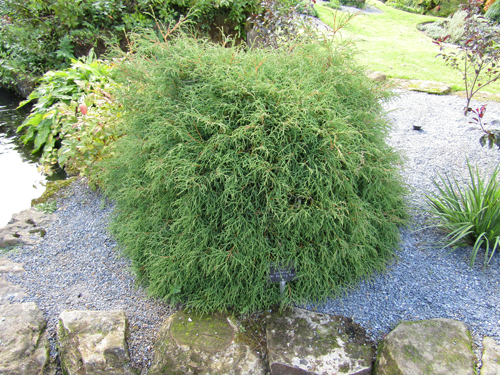
History of occurrence and description
This dwarf variety is a nearly perfect ball-shaped shrub associated with a bowling ball. Hence the original name of thuja. It is interesting that such an even and symmetrical crown of a coniferous plant remains without human intervention, therefore it does not require a haircut. However, over the years, it changes its spherical shape to a flattened-spherical shape due to its growth in breadth. It should be added that the crown of the plant is characterized by increased density and density.
An evergreen handsome man is formed by numerous thin, long, graceful shoots with an orange-yellow color, extending from the center at a slight angle upward and slightly to the sides. They are covered with soft, threadlike, scaly needles, similar to green openwork lace or fringe. In the summer, the outfit of the shrub has a light greenish-bluish tint, in winter it acquires a bronze dusting. Young shoots that appear on the plant in spring are juicy, herbaceous-green, in sharp contrast to the twigs, "dressed" with last year's needles. The bark covering the shoots is free of cracks.
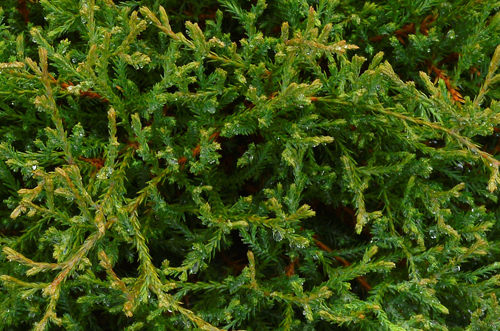
The culture grows slowly, adding 5, maximum 10 cm per year. The height of an adult specimen does not exceed 0.9 meters. By the age of 10, Mr. bowling ball reaches a width of about 70 cm. At the same age, the plant enters the fruiting phase. On the bush, ovoid cones, about 1 cm long, appear, consisting of several pairs of expanding scales. Their initial color is yellow-green, but when ripe, the buds become light brown. The ripening of the fruits of this variety of thuja occurs in the year of flowering of the culture, approximately in the middle of autumn.
The variety is characterized by high frost resistance. It is able to withstand, without shelter, a drop in air temperature in winter to -40 ° C. The plant rarely suffers from fungal and bacterial diseases, but is highly vulnerable to spring and winter sunburn. It can be grown in a large city, since the ephedra tolerates air pollution well, quickly adapting to a polluted atmosphere.
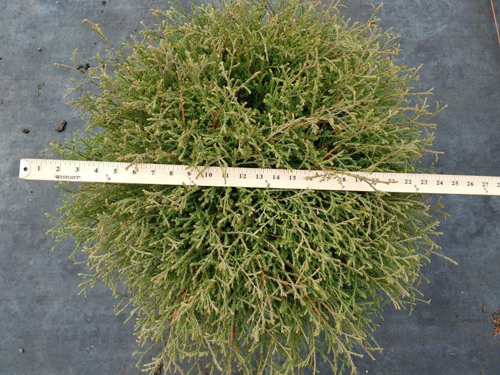
Features of agricultural technology
Western thuja is best placed in sun-drenched spaces or in openwork penumbra, although it is shade-tolerant. The fact is that in the shade the needles of the plant become looser and much less bright. The place where you plan to plant the shrub must be reliably protected from the cold, gusty wind. The variety grows well on loam, however, for its planting, by and large, you can use any fertile soil - the main thing is that it is moderately moist, fresh, loose, drained, and also has a slightly acidic reaction. If necessary, before planting, fertilize the soil with humus, peat, add sand to it. Plant plants of this variety at a distance of at least half a meter from each other.
Mr. Bowling Ball is hygrophilous. He reacts to the drying out of the earthen coma by thinning the needles and poor growth. For this reason, ephedra should be watered regularly (at least once a week), starting in early spring. In a dry summer, as often as possible, it is required to sprinkle the crown of the bush with soft, slightly warm water. A day after watering, it is very desirable to loosen the soil under the crop with simultaneous weeding and mulching.In the spring, the coniferous plant is fed with a complex or specialized fertilizer intended for thuja. In the summer, the introduction of phosphorus-potassium concentrate under the bush will not hurt.
Despite the absence of the need for a shaping haircut, no one canceled sanitary pruning for decorative ephedra. During this procedure, the culture is removed from damaged, dry, diseased shoots. For the winter, the plant is covered with a snow dome or burlap.
Use cases
This thuja can serve as a decoration of the site as a single shrub or become a component of group and mixed garden compositions. It is suitable for the design of low hedges and alleys, alpine slides. The plant is often planted along the sides of garden paths, in Japanese and rocky gardens, and in heather gardens. Mister bowling ball is also appropriate on the shore of a decorative reservoir, since the high humidity of the air only benefits the culture, improving its appearance at times.
